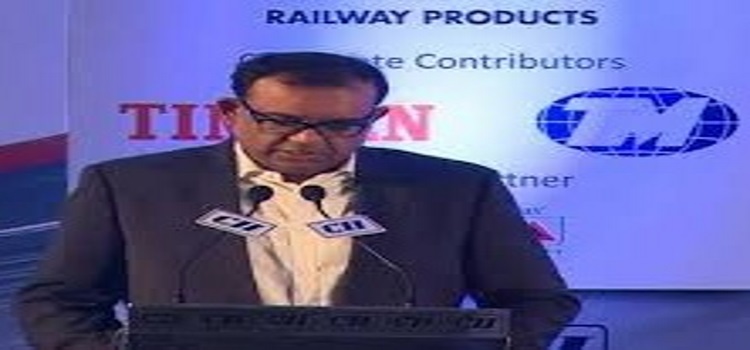
KOLKATA: In what could be seen as a definitive sign of an uptick in freight movement, Indian Railways has revised its wagon requirement to 15,000 during the current year, which is almost double the actual procurement of 8,000 in the last fiscal. The revised requirement is also higher than 12,000 indicated earlier. Finance minister Arun Jaitley had said in his Budget speech that 12,000 wagons, 5,160 coaches and approximately 700 locomotives are to be procured during this financial year.
According to Indian Railways officials and industry players, the upward revision has been triggered by an improved demand from existing Railways network. This, without considering major upcoming projects like dedicated freight corridors.“As per traffic data, the annual requirement of around 15,000-plus wagons is projected in 2018-19,” an official of Railway Board’s store directorate said in a recent meeting to decide on the Railways’s requirements for the current financial year.
According to the official, this revision has been triggered by improved loading of freight on wagons.
Improvement in demand for more wagons comes from increased economic activities, said industry players.
“The railway traffic is showing a healthy growth. This (revision in target) is primarily for the existing railway network and not for projects like dedicated freight corridor,” Umesh Chowdhary, Vice-Chairman and Managing Director, Titagarh Wagons told.
The steep surge in demand has come after a subdued procurement of just around 8,000 wagons in the previous year from various manufacturers across both public as well as private sector, while the target was set at 12,000 units.
With work on eastern and western dedicated freight corridors in full swing, the demand for wagons is set to swell in the coming days.
The initial requirement for specialised wagons for the dedicated freight corridor is expected to flow in the next two to three quarters along with orders for coaches from three to four metro railways projects across the country.
Railways’s last wagon order, for about 9500 units, was issued in January.
